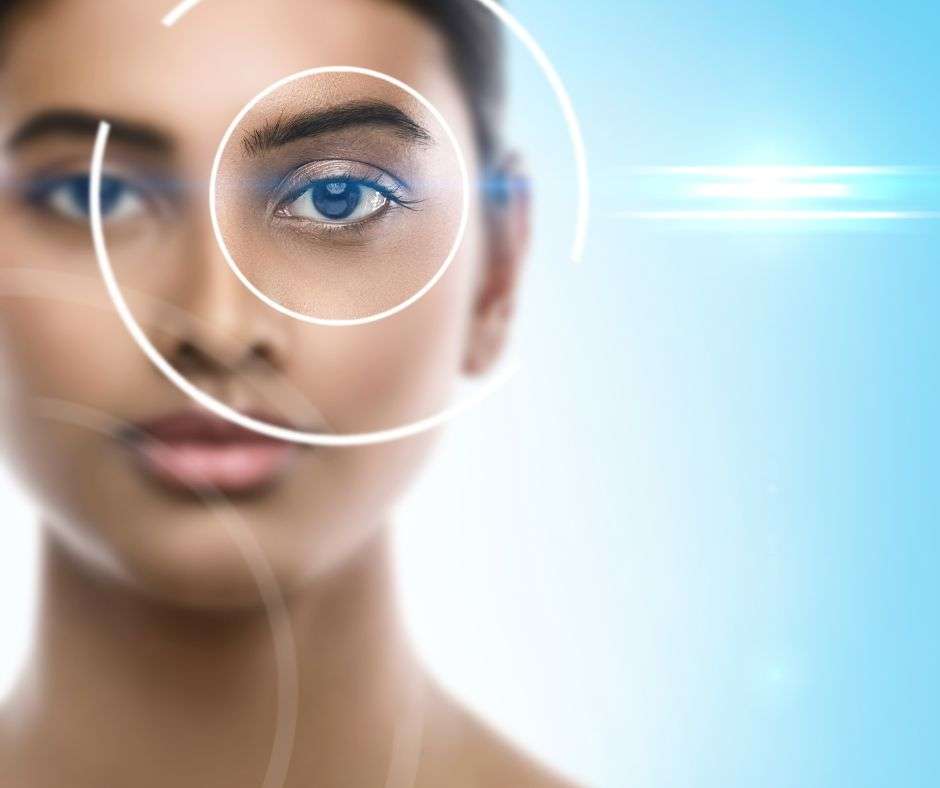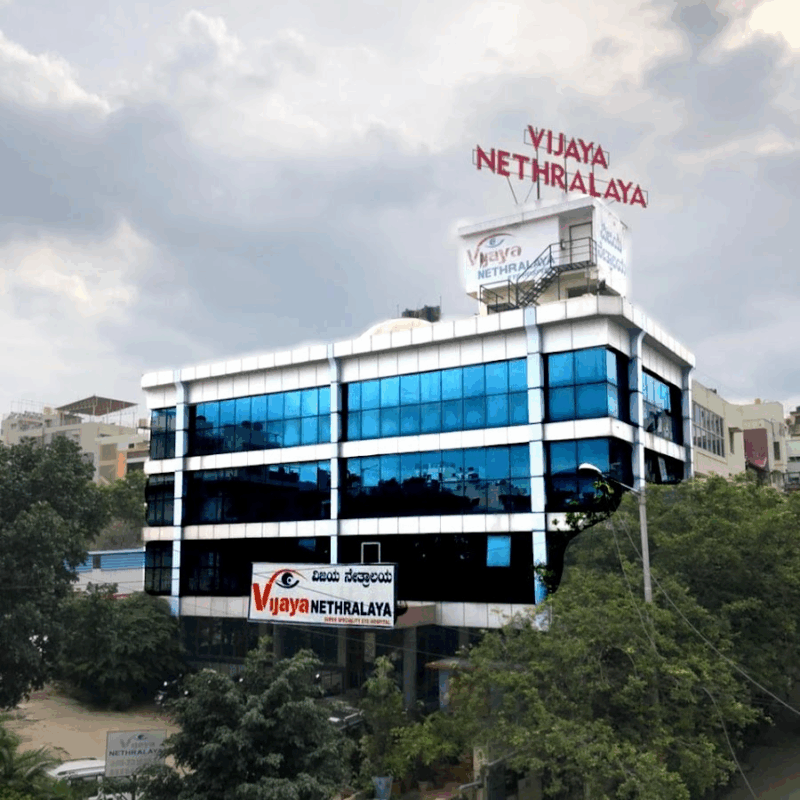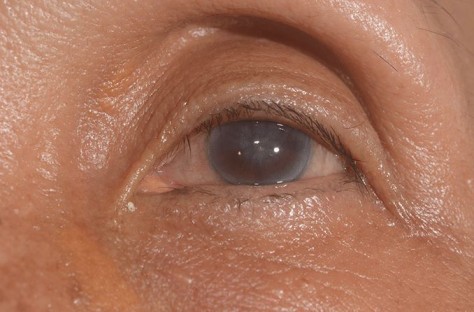Introduction:
Laser vision correction (LASIK) is a well-known and widely performed laser refractive surgery designed to correct various vision problems. This procedure can serve as a viable alternative to wearing glasses or contact lenses, offering individuals the opportunity to enjoy clearer vision without visual aids.
Understanding Laser Vision Correction:
LASIK surgery involves the use of a specialized cutting laser to reshape the cornea, which is the clear, dome-shaped tissue located at the front of the eye. In eyes with typical vision, the cornea accurately refracts light onto the retina at the back of the eye. However, incorrect refraction of light, resulting in blurred vision, is caused by conditions such as nearsightedness, farsightedness, or astigmatism. LASIK aims to correct these issues by reshaping the cornea, thereby restoring clear vision.
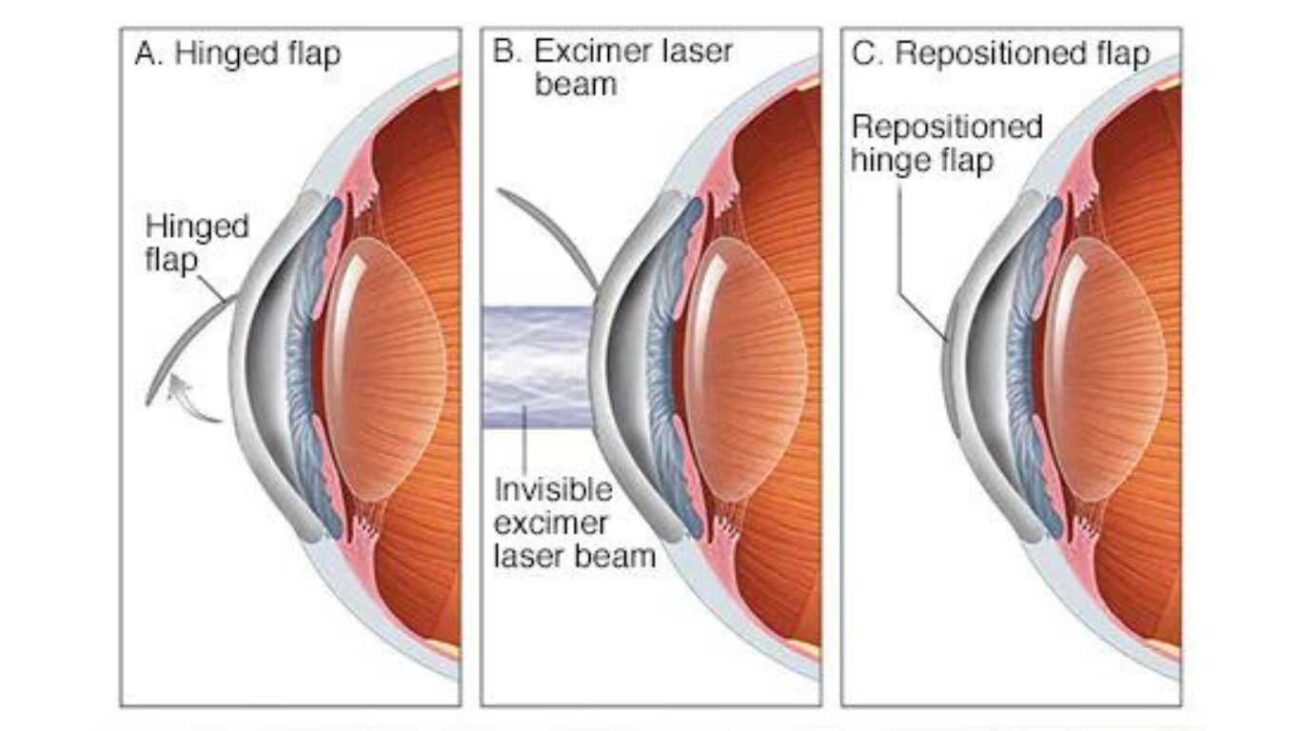
Conditions Corrected by Lasik(Laser operation for eyes):
LASIK surgery is a viable option for correcting the following vision problems:
- Nearsightedness (Myopia): Nearsighted individuals have elongated eyeballs or corneas that curve too sharply. This causes light to focus in front of the retina, resulting in blurry distant vision while maintaining clear near vision.
- Farsightedness (Hyperopia): Farsighted individuals have shorter-than-average eyeballs or flat corneas, causing light to focus behind the retina. This results in blurry near vision and, in some cases, distant vision as well.
- Astigmatism is characterized by an uneven curvature of the cornea, which affects the focus of both near and distant vision.
Considering Laser operation for eyes:
If you are contemplating LASIK surgery, chances are you are already using glasses or contact lenses. Your eye doctor will assess whether LASIK surgery or another similar refractive procedure is suitable for your needs.
Potential Risks and Complications:
While LASIK surgery is generally safe, some common side effects and risks include:
- Dry Eyes: LASIK can temporarily reduce tear production, leading to dry eyes during the initial healing period. Your eye doctor may recommend eye drops to alleviate this issue.
- Visual Disturbances: Temporary visual problems like glare, halos around lights, and double vision may occur, especially at night. These symptoms typically resolve within a few weeks.
- Undercorrection: In some cases, the laser may remove too little tissue, resulting in less-than-expected vision improvement. This may require additional LASIK to address.
- Overcorrection: Conversely, the laser may remove too much tissue, leading to overcorrection, which can be more challenging to rectify.
- Astigmatism: Uneven tissue removal can cause or exacerbate astigmatism, necessitating further treatment.
- Flap Issues: Complications related to the corneal flap, such as infection or abnormal tissue growth, can occur during healing.
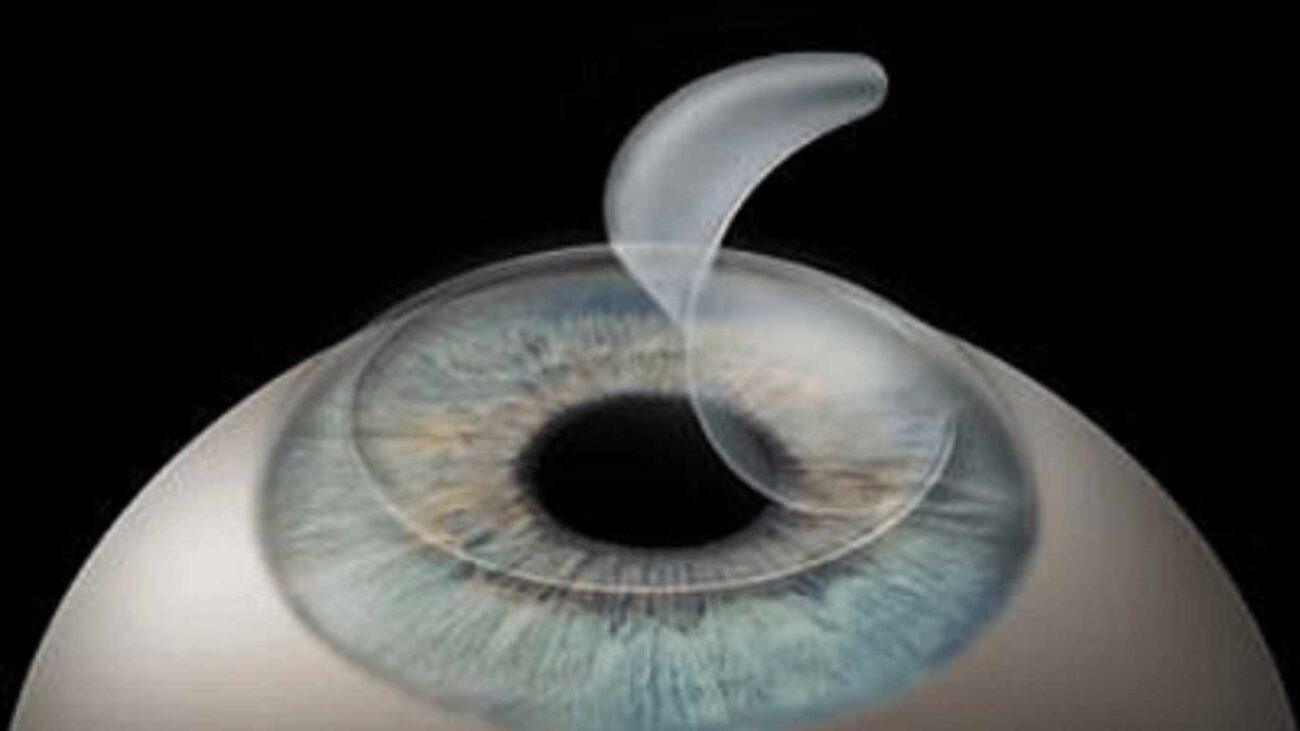
- Corneal Ectasia: A more serious complication, corneal ectasia, can lead to cornea bulging and worsened vision due to thin and weak corneal tissue.
- Regression: In some cases, vision may slowly revert to the original prescription.
- Vision Loss or Changes: While rare, surgical complications can result in vision loss or reduced clarity.
Conditions That May Affect LASIK Suitability:
Certain health conditions may increase the risks or affect the outcome of LASIK surgery. Doctors may advise against LASIK if you have:
- Autoimmune disorders like rheumatoid arthritis.
- A weakened immune system due to medications or conditions like HIV.
- Chronic dry eyes.
- Recent vision changes due to medications, hormonal fluctuations, pregnancy, breastfeeding, or age.
- Eye conditions, injuries, or diseases like uveitis, glaucoma, or cataracts.
- Corneal disorders such as keratoconus or corneal ectasia.
- Family history of corneal conditions.
- Severe nearsightedness.
- Very large pupils or thin corneas.
- Age-related vision changes.
- Engagement in contact sports that may involve facial trauma.
Preparation for LASIK Surgery:
To prepare for LASIK surgery, consider these steps:
- Understand the Costs: LASIK is often considered elective surgery and may not be covered by insurance. Be prepared for out-of-pocket expenses.
- Arrange Transportation: You will need someone to drive you to and from the surgery since your vision may be temporarily impaired immediately afterward.
- Avoid Eye Makeup: Refrain from using eye makeup, creams, perfumes, or lotions the day before and the day of surgery.
- Follow Your Doctor’s Instructions: Comply with your doctor’s guidelines regarding cleaning your eyelashes and wearing glasses instead of contact lenses for a specified period before surgery.
The LASIK Procedure:
The LASIK procedure typically takes less than 30 minutes to complete. It involves the following steps:
- Preparation: You will recline in a chair, and a mild sedative may be provided to help you relax. Your eye will receive numbing drops.
- Corneal Flap Creation: A suction ring is placed on your eye to create a corneal flap. You may experience slight pressure and a temporary dimming of vision.
- Reshaping the Cornea: Using a programmed laser, your surgeon reshapes the cornea by removing small amounts of tissue.
- Flap Replacement: The corneal flap is laid back into place without the need for stitches.
- During the procedure, you will be instructed to focus on a point of light to aid in the maintenance of fixation.
- Odor and Sensation: You may notice a distinct odor similar to burning hair as the laser reshapes the cornea.
Post-Operative Recovery:
After LASIK surgery, you may experience sensations like itching, grittiness, burning, and excessive tearing. While LASIK surgery may temporarily blur your vision, it typically involves minimal pain. You might receive pain medication or eye drops for comfort.
During the initial healing period, the medical team may recommend using a protective eye shield at night. While vision generally improves within a few days, complete healing and stabilization can take up to 2 to 3 months.
Follow-up appointments with your eye doctor will help monitor your healing progress and address any complications. You may need to abstain from eye cosmetics and certain activities for several weeks.
Achieving Clearer Vision with LASIK:
LASIK surgery often provides improved vision without the need for glasses or contacts. A significant majority of patients experience 20/40 vision or better following the procedure, and many no longer require visual aids for most activities. The success of LASIK depends on various factors, including your initial refractive error.

Conclusion:
Doctors widely accept and employ LASIK surgery as an effective method for correcting common vision problems. If you are considering this procedure, consult with your eye doctor to determine if LASIK or another refractive surgery is suitable for you. The goal of LASIK is to provide clearer vision, liberating you from the reliance on glasses or contact lenses and enhancing your overall quality of life.

